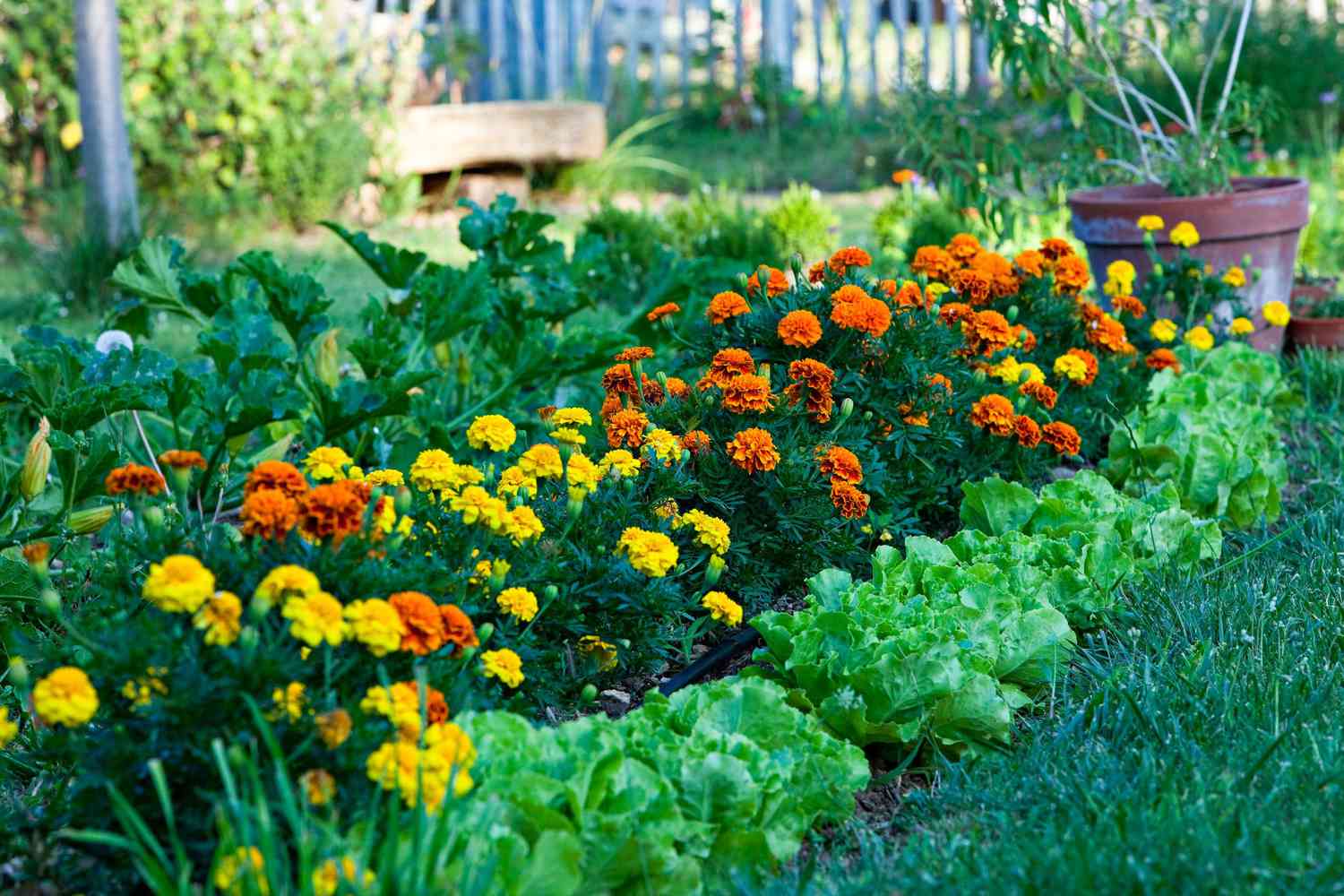

Articles
Where To Plant Marigolds In Vegetable Garden
Modified: May 6, 2024
Discover the best spot to plant marigolds in your vegetable garden and enhance your gardening experience. Learn expert tips and advice for successful gardening with marigolds.
(Many of the links in this article redirect to a specific reviewed product. Your purchase of these products through affiliate links helps to generate commission for Storables.com, at no extra cost. Learn more)
Introduction
When it comes to creating a thriving vegetable garden, proper planning and consideration of various factors are essential. One important aspect to consider is the strategic placement of companion plants that can enhance the growth and productivity of your vegetables. Marigolds, with their vibrant blooms and powerful benefits, are an excellent choice for companion planting in a vegetable garden.
Marigolds, scientifically known as Tagetes, are easy to grow and offer numerous benefits for both the surrounding plants and the garden as a whole. These beautiful flowers not only add a splash of color to your vegetable garden but also have pest-repellent properties and contribute to soil health. By strategically placing marigolds in your vegetable garden, you can create a harmonious environment that promotes healthy plant growth and increases your chances of a bountiful harvest.
In this article, we will explore the factors to consider when planting marigolds in a vegetable garden, the best locations for planting marigolds, companion planting ideas, how to prepare the soil, tips for planting marigolds, how to care for them, common pests and diseases, and finally, how to harvest and use marigolds from your vegetable garden.
So, let’s dive in and discover the wonderful world of using marigolds as a beneficial companion plant in your vegetable garden!
Key Takeaways:
- Marigolds are versatile companions in a vegetable garden, adding vibrant color, repelling pests, and enhancing soil health. Strategic placement and proper care can lead to a more successful and enjoyable gardening experience.
- Harvesting and utilizing marigolds offers opportunities for decorative, culinary, and pest-repelling uses. From cut flowers to seed saving, marigolds bring beauty and benefits to the vegetable garden ecosystem.
Factors to Consider when Planting Marigolds in a Vegetable Garden
Before you start planting marigolds in your vegetable garden, there are a few important factors to consider. These factors will help ensure that your marigolds thrive and provide maximum benefits to your vegetables. Let’s take a look at them:
- Sunlight: Marigolds require full sun to grow and bloom at their best. Ensure that the area you choose for planting marigolds receives at least 6-8 hours of direct sunlight each day.
- Soil Quality: Marigolds are adaptable and can tolerate a wide range of soil conditions. However, they prefer well-draining soil that is rich in organic matter. Before planting, amend the soil with compost or well-rotted manure to improve its fertility and drainage.
- Spacing: Give your marigolds enough space to grow and spread. Depending on the variety, marigolds can grow anywhere from 6 inches to 2 feet in height and width. Plan your planting layout accordingly, ensuring that each marigold has enough space to thrive without crowding the surrounding vegetables.
- Watering: Marigolds are relatively drought-tolerant once established. However, regular watering is crucial during their initial growth stages. Provide them with 1-2 inches of water per week and ensure that the soil remains evenly moist but not waterlogged.
- Temperature: Marigolds are warm-season annuals and prefer temperatures between 70-85°F (21-29°C). Plant them after the last frost date in your area when the soil has warmed up. Avoid planting marigolds in areas with cool or excessively hot temperatures.
- Companion Plants: Consider the companion plants in your vegetable garden when deciding where to plant marigolds. Marigolds are known to repel certain pests and attract beneficial insects, so consider planting them near vegetables that are prone to pest issues.
By taking these factors into account, you can create an optimal growing environment for your marigolds, ensuring their health and effectiveness in improving the overall health of your vegetable garden.
Best Locations for Planting Marigolds in a Vegetable Garden
The strategic placement of marigolds in your vegetable garden can greatly benefit both the marigolds themselves and the surrounding plants. Here are some of the best locations for planting marigolds:
- Along the Borders: Planting marigolds along the borders of your vegetable garden can create a beautiful and vibrant border while also serving as a natural pest deterrent. Marigolds emit a strong scent that repels many common garden pests, helping to protect your precious vegetables.
- Between Vegetable Rows: Interplanting marigolds between your vegetable rows is a smart strategy. As companion plants, they help deter insects that may damage your vegetables. Their bright flowers also attract pollinators, which can boost the overall yield of your vegetable crops.
- Near Pest-Prone Vegetables: Identify the vegetables in your garden that tend to attract pests and plant marigolds nearby. For example, marigolds are known to repel nematodes, making them an excellent companion for plants like tomatoes, peppers, and eggplants that are susceptible to nematode damage.
- In Containers and Raised Beds: If you’re gardening in containers or raised beds, you can still enjoy the benefits of marigolds. Plant them alongside your vegetable plants to enhance their growth and deter pests. The vibrant blooms of marigolds can also add a touch of beauty to your containers or raised beds.
- Around Entranceways: Planting marigolds around the entranceways to your vegetable garden not only adds a welcoming pop of color but also serves as a natural barrier. The strong scent of marigolds can help repel pests before they even enter your garden, reducing the likelihood of infestations.
Remember to consider the height and spread of the specific marigold variety you are planting to ensure they do not shade or overcrowd your vegetable plants. By strategically placing marigolds in these key locations, you can harness their pest-repellent properties and create a more vibrant and successful vegetable garden.
Companion Planting with Marigolds in a Vegetable Garden
Companion planting involves strategically pairing plants that benefit each other when grown in close proximity. When it comes to marigolds, they have a reputation for being excellent companions in a vegetable garden. Here are some of the top companion plants that pair well with marigolds:
- Tomatoes: Marigolds and tomatoes make a classic companion planting duo. Marigolds help repel pests that commonly attack tomatoes, such as aphids, whiteflies, and nematodes. Plant marigolds around the base of your tomato plants to create a protective barrier.
- Cucumbers: Marigolds can deter cucumber beetles that can cause damage to cucumber plants. By interplanting marigolds with cucumbers, you can reduce the risk of infestations and promote healthier cucumber growth.
- Brassicas: Plants in the brassica family, such as cabbage, broccoli, and cauliflower, can benefit from the presence of marigolds. Marigolds can help repel cabbage worms, aphids, and other brassica pests. Plant marigolds alongside your brassica plants to create a protective barrier.
- Carrots: Carrots can benefit from companion planting with marigolds. Marigolds can help repel pests like aphids and nematodes that can damage carrot roots. Plant marigolds near your carrot beds to deter these pests.
- Potatoes: Marigolds can deter pests like potato beetles and nematodes that commonly affect potato plants. Companion planting marigolds with potatoes can help reduce the risk of infestations and promote healthier potato growth.
- Peppers: Marigolds are beneficial companions for pepper plants as they repel pests like aphids and spider mites. Plant marigolds near your pepper plants to create a pest-repelling barrier and promote healthier pepper growth.
It’s important to note that marigolds are not a cure-all for pest problems. While they can provide some protection, they should be used as part of an overall integrated pest management strategy that includes proper sanitation, crop rotation, and other methods of pest control.
When companion planting with marigolds, consider the specific needs and spacing requirements of each plant. Be mindful of the height and spread of the marigold variety you choose, ensuring that it doesn’t shade or overcrowd the companion plants.
By incorporating marigolds as companion plants in your vegetable garden, you can create a more balanced and pest-resistant ecosystem, leading to healthier and more abundant harvests.
How to Prepare the Soil for Planting Marigolds in a Vegetable Garden
The success of your marigolds starts with preparing the soil in your vegetable garden. By providing them with a nutrient-rich and well-draining environment, you can ensure their healthy growth and vibrant blooms. Here are the steps to prepare the soil for planting marigolds:
- Clear the area: Start by clearing the area where you plan to plant your marigolds. Remove any weeds, rocks, or debris that may hinder their growth.
- Loosen the soil: Use a garden fork or a tiller to loosen the soil to a depth of about 12 inches. This will improve aeration and drainage, and make it easier for the marigold roots to penetrate the soil.
- Amend the soil: Marigolds prefer well-draining soil that is rich in organic matter. Add compost or well-rotted manure to the soil and mix it in thoroughly. This will improve the soil’s fertility, structure, and moisture-holding capacity.
- Test the soil pH: Marigolds prefer a slightly acidic to neutral soil pH range of 6.0 to 7.0. Use a soil testing kit to determine the pH of your soil. If it’s outside the ideal range, you can adjust it by adding agricultural lime to raise the pH or elemental sulfur to lower the pH, following the instructions on the product packaging.
- Add organic matter: Consider adding additional organic matter, such as compost, to the soil. This will further enhance its nutrient content, moisture retention, and overall fertility.
- Level the soil: Once you have amended the soil, use a rake or garden tool to level the soil surface. This will provide a smooth and even base for planting your marigolds.
- Water the soil: Before planting your marigolds, thoroughly water the soil. This will help settle the soil, provide moisture for the newly planted marigolds, and promote healthy root establishment.
By following these steps, you can create an optimal growing environment for your marigolds. Remember to consider the specific needs of the marigold variety you are planting, such as their preferred sunlight and spacing requirements, to ensure their successful growth.
A well-prepared soil will not only benefit your marigolds but also contribute to the overall health and productivity of your vegetable garden.
Plant marigolds around the perimeter of your vegetable garden to help repel pests such as nematodes and aphids. Their strong scent can also deter rabbits and deer.
Tips for Planting Marigolds in a Vegetable Garden
Planting marigolds in your vegetable garden is a simple process that can yield numerous benefits. To ensure successful growth and maximize their benefits, here are some helpful tips for planting marigolds:
- Choose the right variety: There are several different types of marigolds to choose from, including French marigolds (Tagetes patula), African marigolds (Tagetes erecta), and signet marigolds (Tagetes tenuifolia). Consider the size, height, and color preferences when selecting the variety that best suits your vegetable garden.
- Timing: Wait until the last frost date has passed before planting marigolds in your vegetable garden. Marigolds thrive in warm weather, so planting them too early can stunt their growth.
- Spacing: Follow the spacing recommendations for the specific marigold variety you are planting. Generally, marigolds need around 8-12 inches of spacing between plants.
- Prepare the holes: Dig holes for your marigold plants that are slightly larger than the root ball. Gently loosen the soil in the hole to promote root growth and facilitate water drainage.
- Planting depth: When placing the marigold plants in the holes, make sure to plant them at the same depth they were growing in their nursery pots. Firmly but gently press the soil around the base of the plant to secure it in place.
- Watering: Water the newly planted marigolds thoroughly to settle the soil and provide moisture to the roots. Keep the soil consistently moist but not waterlogged during the initial stages of growth.
- Maintain spacing: As the marigold plants grow, make sure to maintain the recommended spacing between plants. This will prevent overcrowding and ensure adequate airflow, reducing the risk of disease.
- Deadheading: To encourage continuous blooming, remove faded flowers by pinching or cutting them off. This will redirect the plant’s energy towards producing new flowers rather than seed production.
- Fertilization: Marigolds generally do not require heavy fertilization. However, applying a balanced, slow-release fertilizer in the early stages of growth can promote healthier plants and more abundant blooms. Follow the fertilizer manufacturer’s instructions for application rates.
- Mulching: Apply a layer of organic mulch around the base of the marigold plants once they have established. Mulch helps retain soil moisture, suppresses weeds, and maintains a more stable soil temperature.
- Monitor for pests and diseases: While marigolds have pest-repellent properties, they can still be susceptible to certain pests and diseases. Regularly inspect your marigolds for signs of damage or infestation and take appropriate measures to address any issues.
By following these tips, you can ensure successful planting and growth of your marigolds in your vegetable garden. Enjoy the vibrant blooms and the many benefits that marigolds bring to your vegetable garden!
Caring for Marigolds in a Vegetable Garden
Proper care is essential to ensure the health and vitality of your marigold plants in a vegetable garden. By following these care tips, you can help your marigolds thrive and maximize their benefits:
- Watering: Marigolds prefer moderate moisture levels, so it is important to water them consistently. Water deeply when the top inch of soil feels dry, but avoid overwatering, as excessive moisture can lead to root rot or other fungal diseases. Water at the base of the plants to keep the foliage dry and reduce the risk of diseases.
- Mulching: Apply a layer of organic mulch, such as straw or wood chips, around the base of your marigold plants. This helps retain moisture, suppress weeds, and regulate soil temperature, promoting optimal growth and reducing water evaporation.
- Fertilization: Marigolds are not heavy feeders, and excessive fertilization can lead to lush foliage but fewer blooms. A light application of a balanced, slow-release fertilizer at the beginning of the growing season is usually sufficient. Be sure to follow the package instructions for application rates.
- Supporting tall varieties: If you are growing taller varieties of marigolds that might require support, insert stakes or place small wire cages around the plants when they are still young. This prevents bending or breaking of the stems as the plants grow taller.
- Deadheading: To promote continuous blooming, regularly remove faded flowers by pinching them off or cutting them back. Deadheading redirects the plant’s energy towards producing new blooms rather than seed production.
- Pest control: While marigolds are known for their pest-repellent properties, they can still be susceptible to certain pests such as aphids and spider mites. Monitor your marigolds for any signs of infestation and take appropriate measures for pest control, such as using insecticidal soap or organic pest control methods.
- Disease prevention: Marigolds are relatively disease-resistant, but certain fungal diseases, such as powdery mildew, can still occur. To prevent the spread of diseases, provide good air circulation around the plants by spacing them properly. Avoid overhead watering, especially during humid conditions, as this can promote fungal growth.
- Companion planting maintenance: If you have strategically planted marigolds as companion plants, ensure that their presence continues to benefit the surrounding vegetables. Monitor for pest activity and adjust planting placement if necessary to optimize the pest-repellent effects of the marigold plants.
- Enjoy the blooms: Lastly, take the time to appreciate the vibrant and colorful blooms of your marigold plants. Harvest a few flowers to use as cut flowers or in floral arrangements. They can also be dried for use in potpourri or herbal preparations.
Caring for marigolds in a vegetable garden is relatively easy, and by following these care tips, you can enjoy healthy, vibrant, and pest-free marigold plants that enhance the beauty and productivity of your garden.
Common Pests and Diseases in Marigolds and How to Deal with Them
While marigolds are generally considered to be relatively pest and disease-resistant, they can still encounter a few issues. Understanding the common pests and diseases that can affect marigolds in a vegetable garden and knowing how to deal with them is crucial for maintaining healthy plants. Here are some of the most common problems and their solutions:
- Spider Mites: Spider mites are tiny pests that can cause leaf discoloration and webbing on the undersides of marigold leaves. To combat them, try regularly spraying your plants with a strong stream of water to dislodge them. You can also use insecticidal soap or neem oil spray, following the instructions on the product label.
- Aphids: Aphids are small, soft-bodied insects that feed on the sap of marigold plants, causing leaf distortion and sticky honeydew residue. To control aphids, use a strong stream of water to wash them off the leaves. Alternatively, you can introduce natural predators like ladybugs or lacewings, or use an insecticidal soap or neem oil spray.
- Slugs and Snails: Slugs and snails can damage marigold plants by feeding on the foliage, leaving behind irregular holes. To deter them, consider using organic slug and snail control methods like diatomaceous earth, copper tape, or beer traps.
- Nematodes: Nematodes are microscopic worms that can cause root damage in marigold plants. To prevent nematode infestations, rotate your crops regularly, incorporate organic matter into the soil, and consider planting marigolds in nematode-prone areas to help repel them.
- Powdery Mildew: Powdery mildew is a fungal disease that appears as a white, powdery coating on the leaves of marigold plants. To manage powdery mildew, ensure good air circulation by properly spacing your plants and avoid overhead watering. If needed, treat with a fungicidal spray approved for use on powdery mildew.
- Fungal Root Rot: Excessive moisture and poor drainage can lead to fungal root rot in marigolds. To prevent root rot, make sure your soil is well-draining, avoid overwatering, and provide adequate space between plants to promote airflow. If root rot is suspected, remove affected plants and improve the drainage in the area.
Regular inspection and monitoring of your marigold plants are essential to catch any pest or disease issues early on. Prompt action and appropriate treatments can help minimize damage and protect the overall health of your marigolds.
Remember to always follow the instructions on any insecticides or fungicides you use, and opt for organic and environmentally-friendly methods whenever possible.
By staying vigilant and taking necessary actions, you can effectively manage common pests and diseases in marigolds, ensuring your plants remain healthy and vibrant throughout the growing season.
Harvesting and Using Marigolds from a Vegetable Garden
Harvesting marigolds from your vegetable garden not only allows you to enjoy their vibrant and colorful blooms but also provides opportunities to utilize them in various ways. Here’s how you can harvest and make the most of your marigolds:
- Harvesting blooms: When harvesting marigold blooms, choose flowers that are fully open and vibrant in color. Pinch or cut the stem just above a leaf node or branching point. Avoid removing too many flowers from a single plant, as this can hinder its growth and blooming potential.
- Using as cut flowers: Marigolds can be used as cut flowers to bring a splash of color and beauty indoors. Arrange them in bouquets or combine them with other compatible flowers for lovely floral arrangements. Change the water every few days to keep the flowers looking fresh.
- Drying flowers: If you’d like to preserve your marigold blooms for long-lasting use, consider drying them. Gather a few stems together and hang them upside down in a cool, dry location with good airflow. Once dried, the flowers can be used in potpourri, wreaths, or other craft projects.
- Edible uses: Marigolds are edible and can be a colorful addition to various culinary creations. Use the petals to garnish salads, soups, or desserts. The petals have a slightly citrusy or spicy flavor, adding a unique touch to your dishes. Make sure you’re using marigolds that haven’t been treated with pesticides or chemicals.
- Repelling insects: Marigolds contain compounds that repel certain insects like mosquitoes and flies. Place fresh marigold blooms or dried petals around your outdoor eating or gathering areas to naturally deter these pests.
- Composting: After you’ve enjoyed the blooms of your marigolds, don’t let them go to waste! Toss the spent flowers and trimmings into your compost pile. They will decompose and contribute valuable organic matter to your compost, enriching the soil for future plant growth.
- Seed saving: If you wish to grow marigolds again next season, you can save the seeds from your existing plants. Allow the flowers to wither and dry on the plant. Once completely dry, gently rub the flowers between your fingers to release the seeds. Collect the seeds and store them in a cool, dry place for the next planting season.
Remember, when harvesting or using marigolds, it’s important to ensure that they haven’t been treated with any chemicals or pesticides that are not safe for consumption or use in culinary preparations.
By harvesting and utilizing marigolds from your vegetable garden, you can enjoy the beauty and benefits of these versatile flowers in a variety of ways.
Read more: When Should You Plant Marigold Seeds
Conclusion
Incorporating marigolds into your vegetable garden can be a game-changer for the health and productivity of your plants. These vibrant and beneficial flowers not only add a splash of color and beauty to your garden but also serve as pest deterrents, attract beneficial insects, and contribute to the overall health of your soil. By considering the factors involved in planting marigolds, such as sunlight, soil quality, spacing, and companion planting, you can create a harmonious environment that promotes the growth of your vegetables and enhances the overall success of your garden.
When preparing the soil for marigolds, ensure it is well-draining and enriched with organic matter. Follow proper planting techniques, spacing your marigold plants appropriately, and providing them with proper watering and care. By maintaining the ideal conditions and practicing regular pest and disease control, you can help your marigolds flourish throughout the growing season.
Utilize the benefits of marigolds by planting them in strategic locations within your vegetable garden. Take advantage of their pest-repellent properties by pairing them with susceptible vegetables, ensuring a healthier growing experience for your entire garden. Additionally, consider harvesting the blooms for decorative purposes, culinary use, or drying them for future craft projects. By composting the spent flowers, you can contribute to the overall health of your garden ecosystem.
In conclusion, marigolds are not only beautiful flowers but also valuable companions in your vegetable garden. Their pest-repellent properties, their ability to attract beneficial insects, and their contribution to soil health make them an ideal addition to any garden. With proper care, strategic placement, and creative use, marigolds can enhance the productivity and beauty of your vegetable garden, ultimately leading to a more enjoyable and successful gardening experience.
Ready to spruce up your garden's boundaries while keeping pests at bay? Dive into our guide on creative garden fence ideas that blend functionality with style. If your green thumb is itching for more, why not delve into successful vegetable garden techniques to maximize your harvests? And for those with a penchant for blooms, our insights on effective flower planting will ensure your floral arrangements are the envy of the neighborhood. Each read offers valuable tips and fresh perspectives for both novice and seasoned gardeners.
Frequently Asked Questions about Where To Plant Marigolds In Vegetable Garden
Was this page helpful?
At Storables.com, we guarantee accurate and reliable information. Our content, validated by Expert Board Contributors, is crafted following stringent Editorial Policies. We're committed to providing you with well-researched, expert-backed insights for all your informational needs.
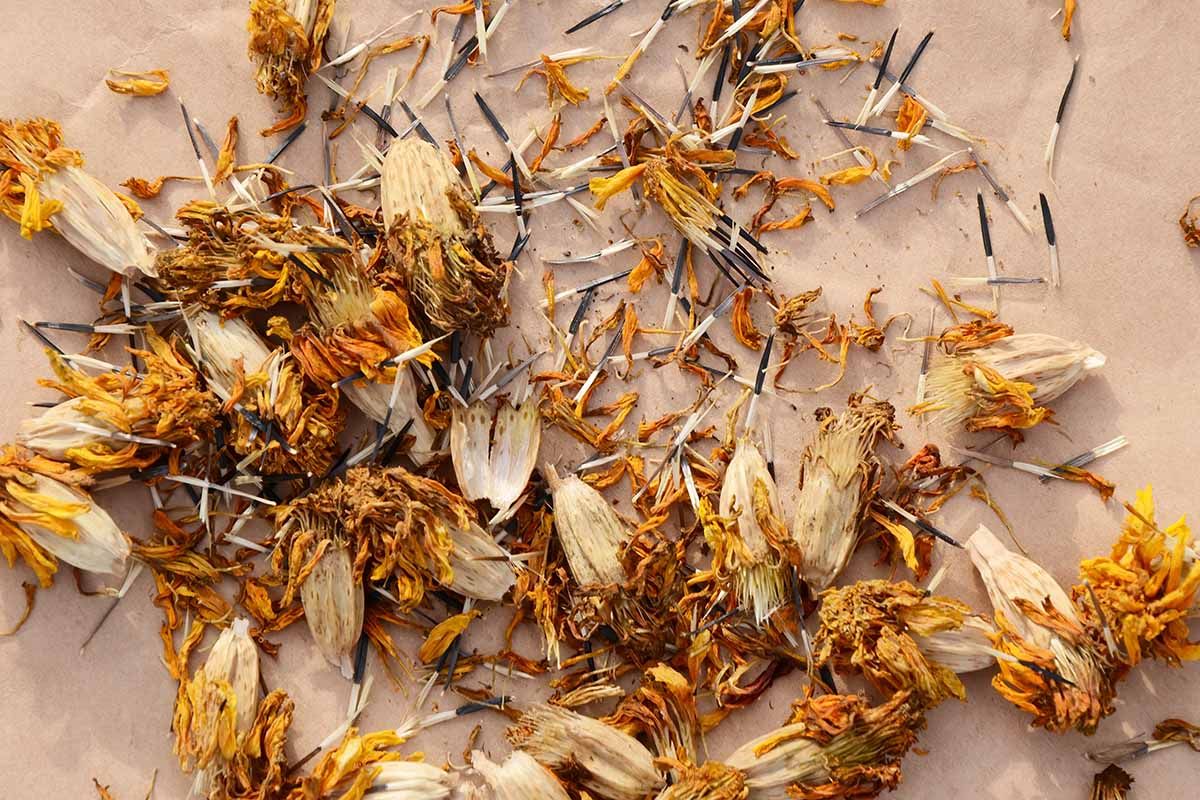
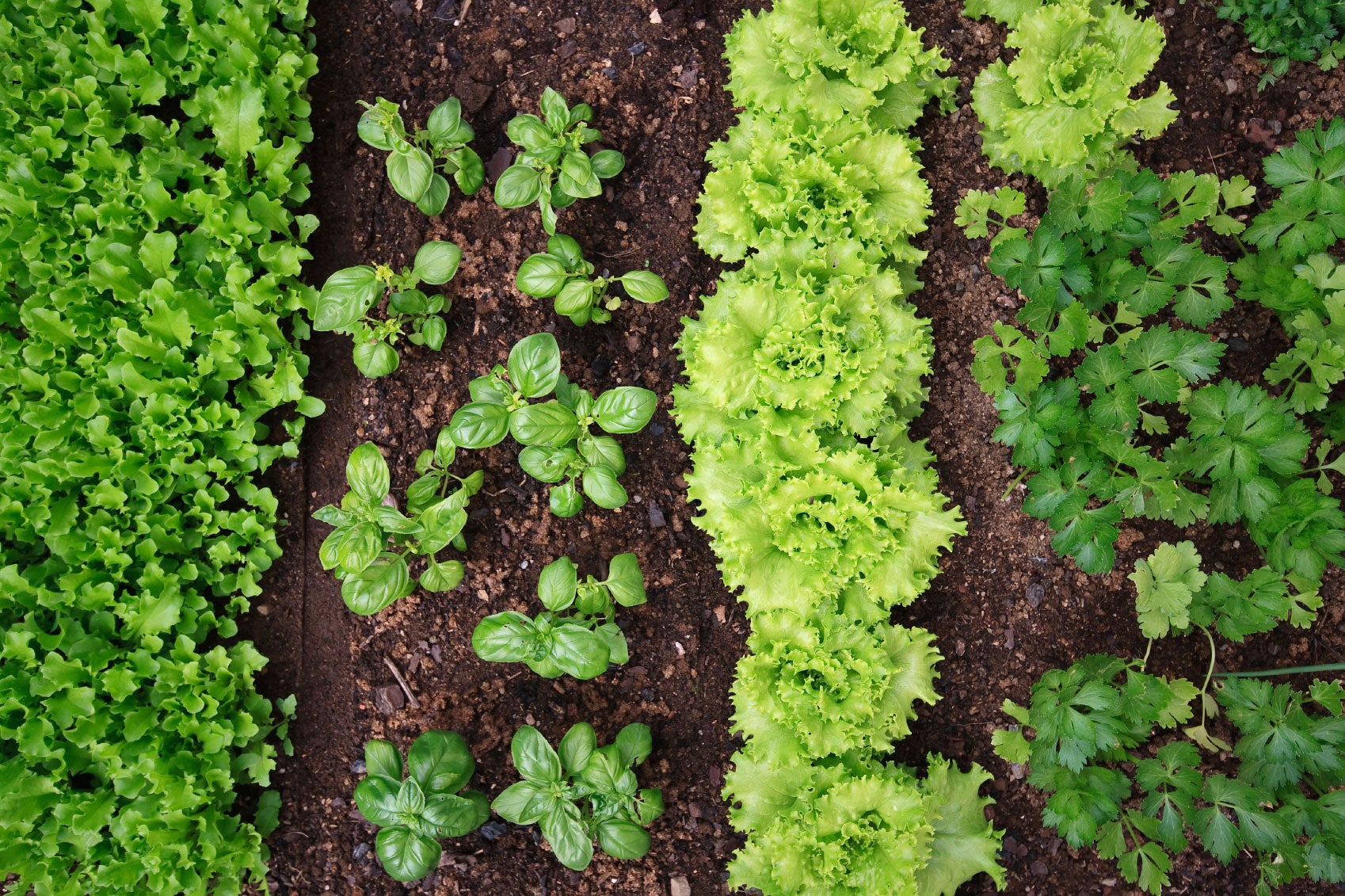
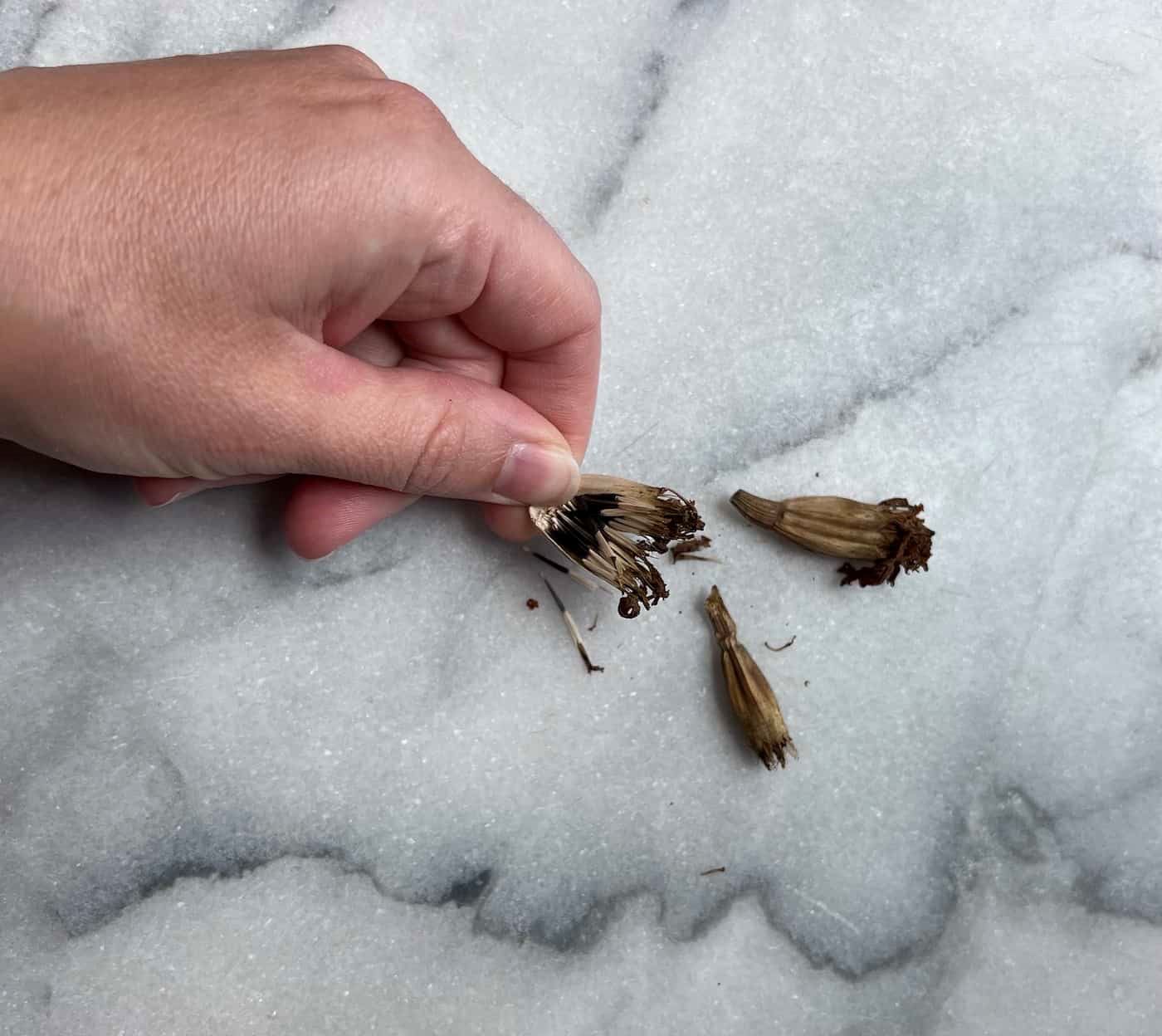


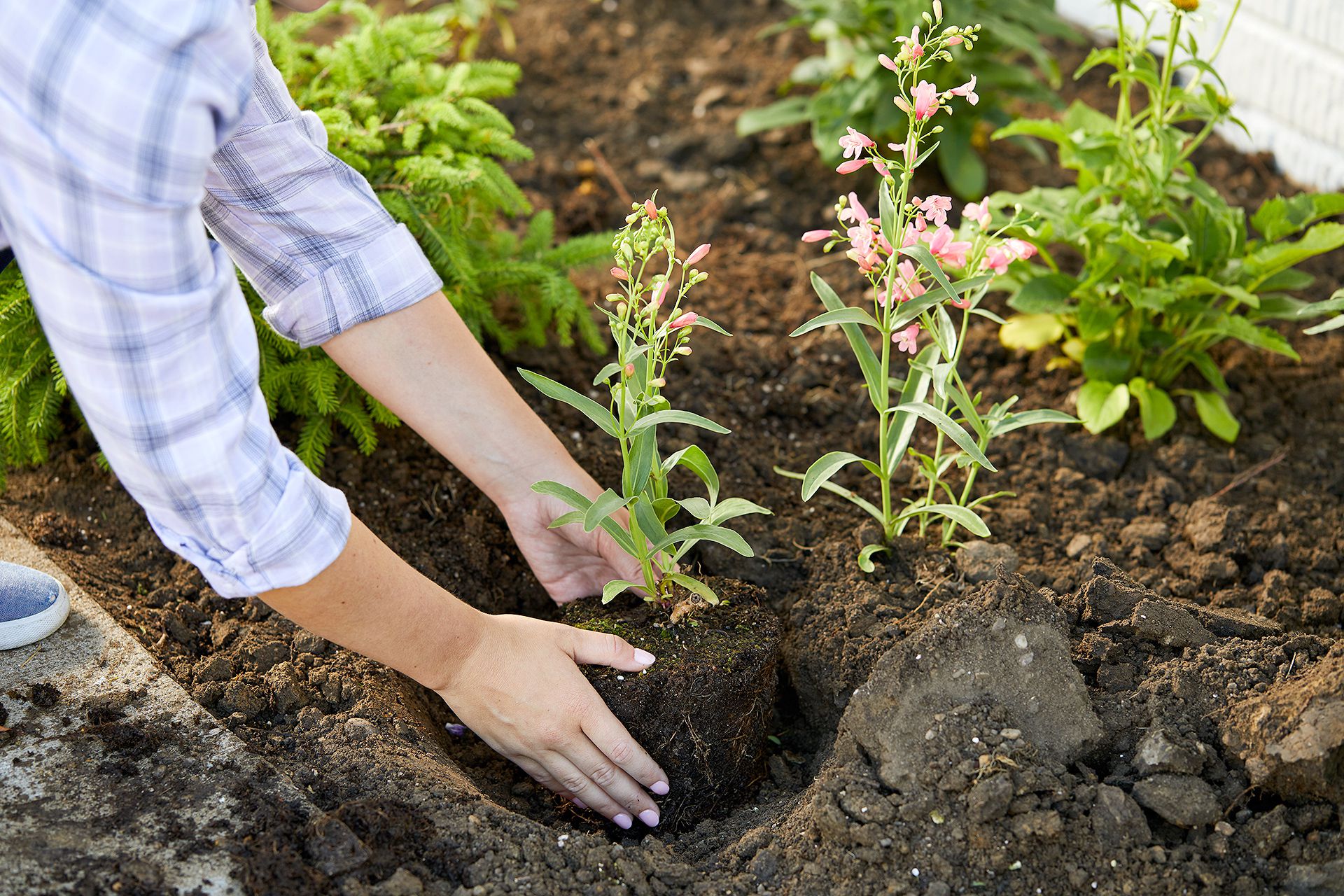
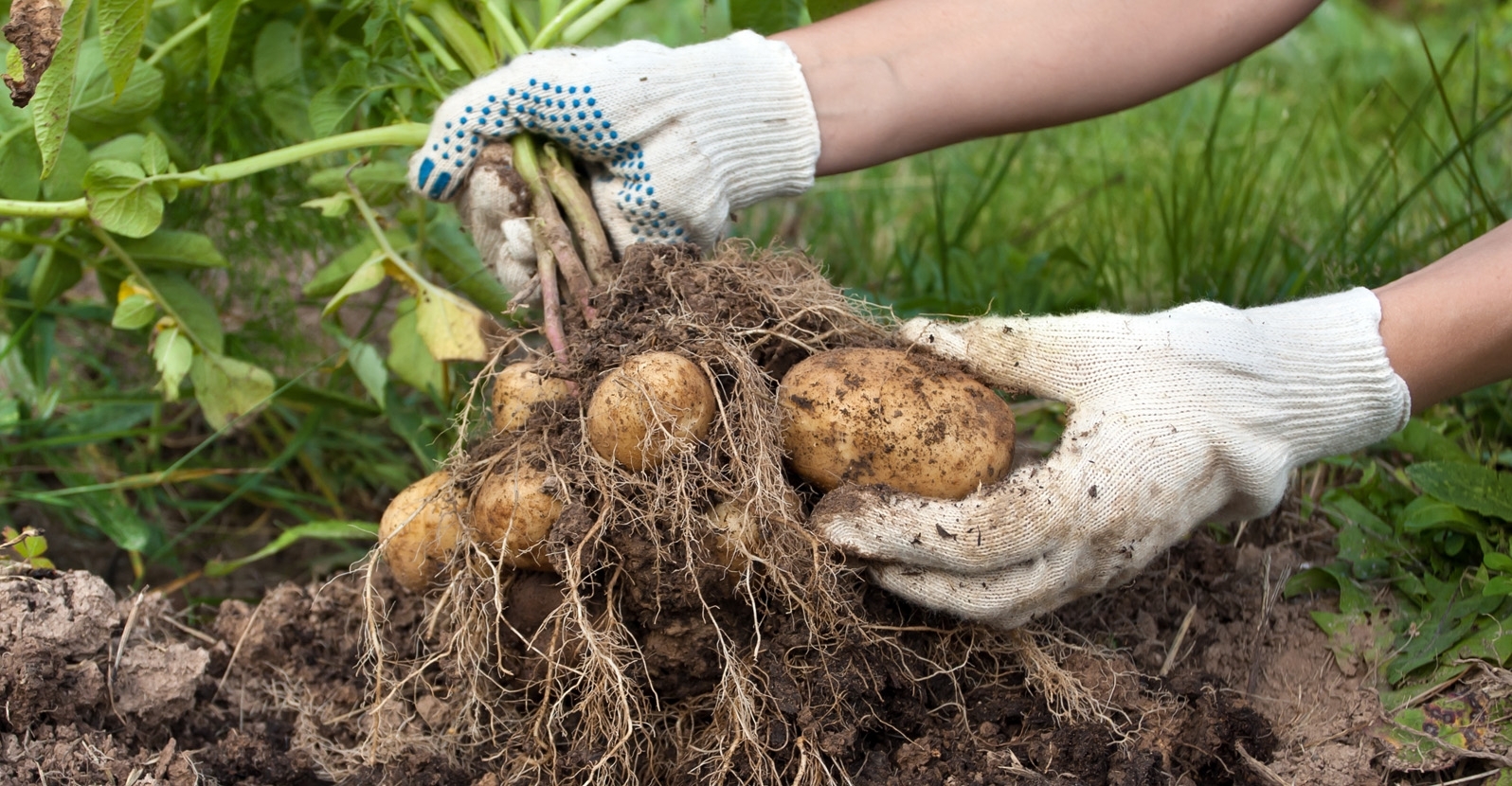
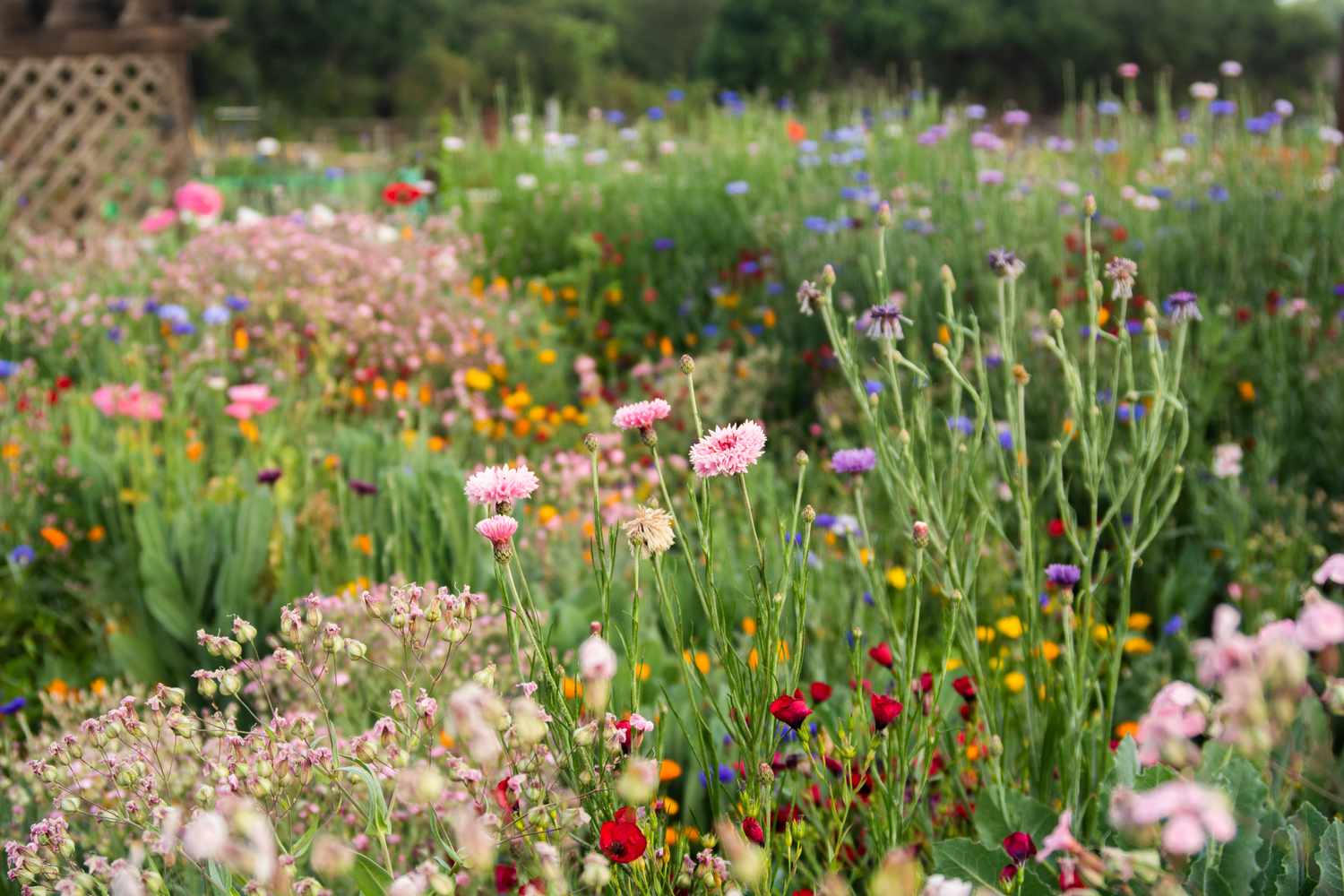
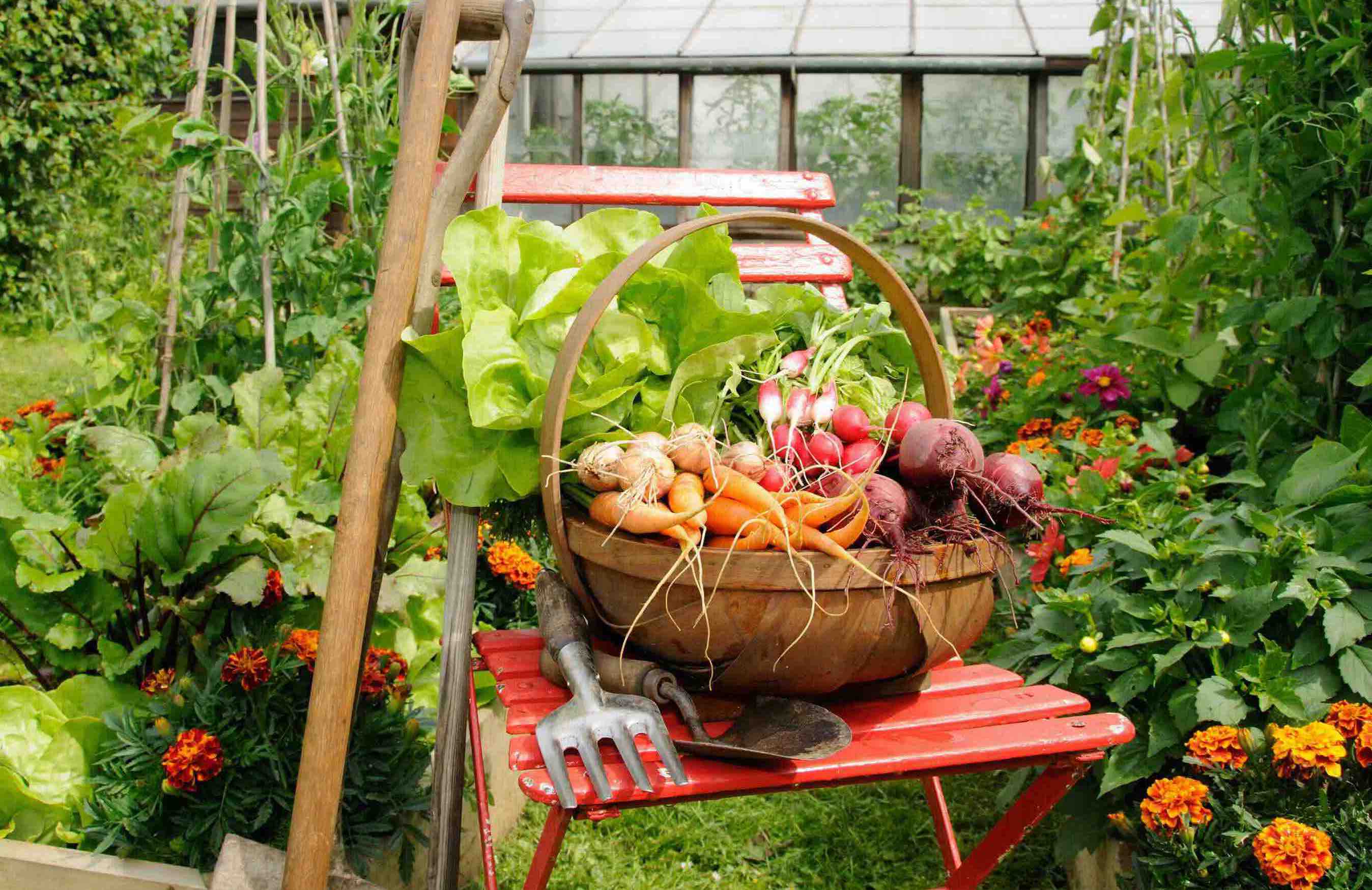
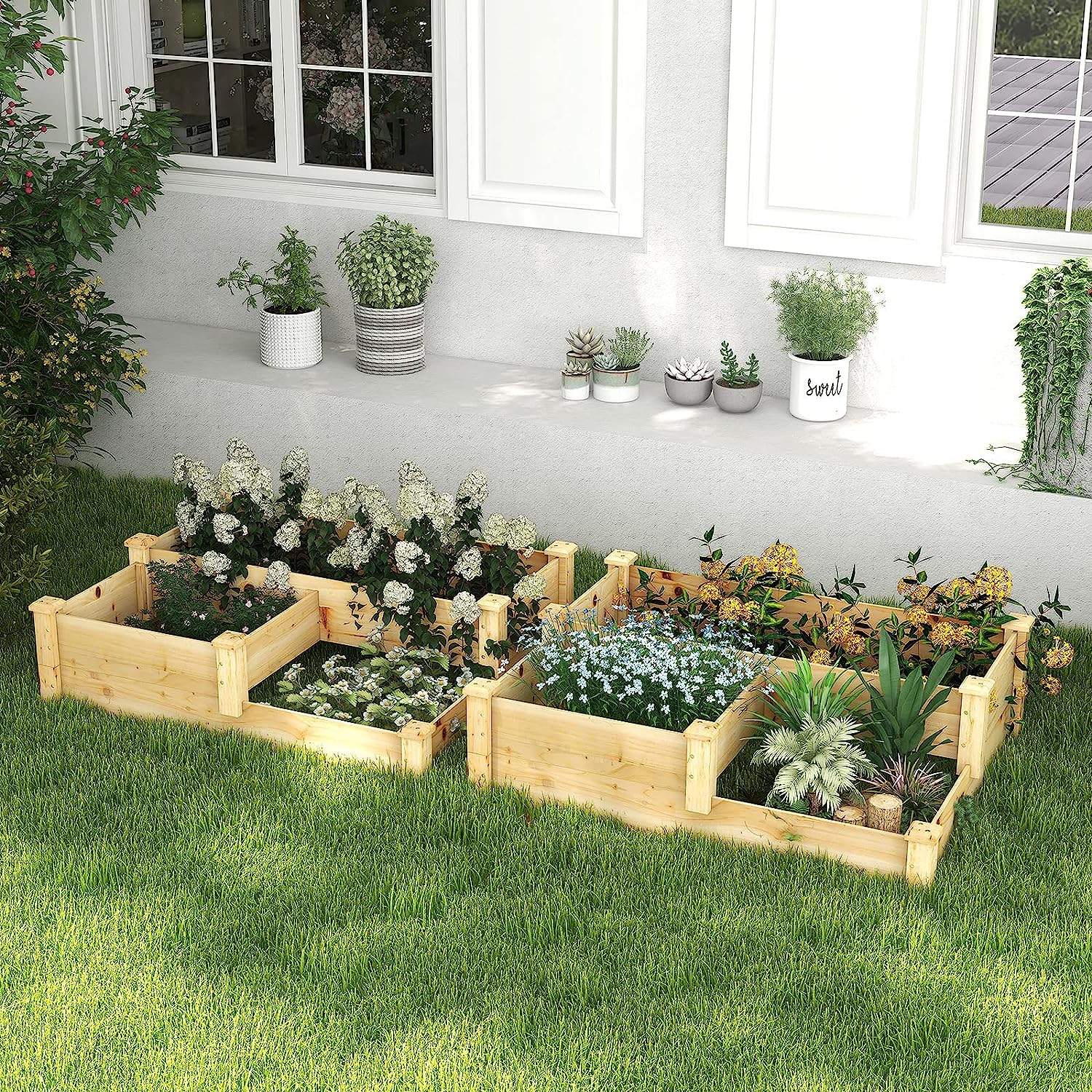
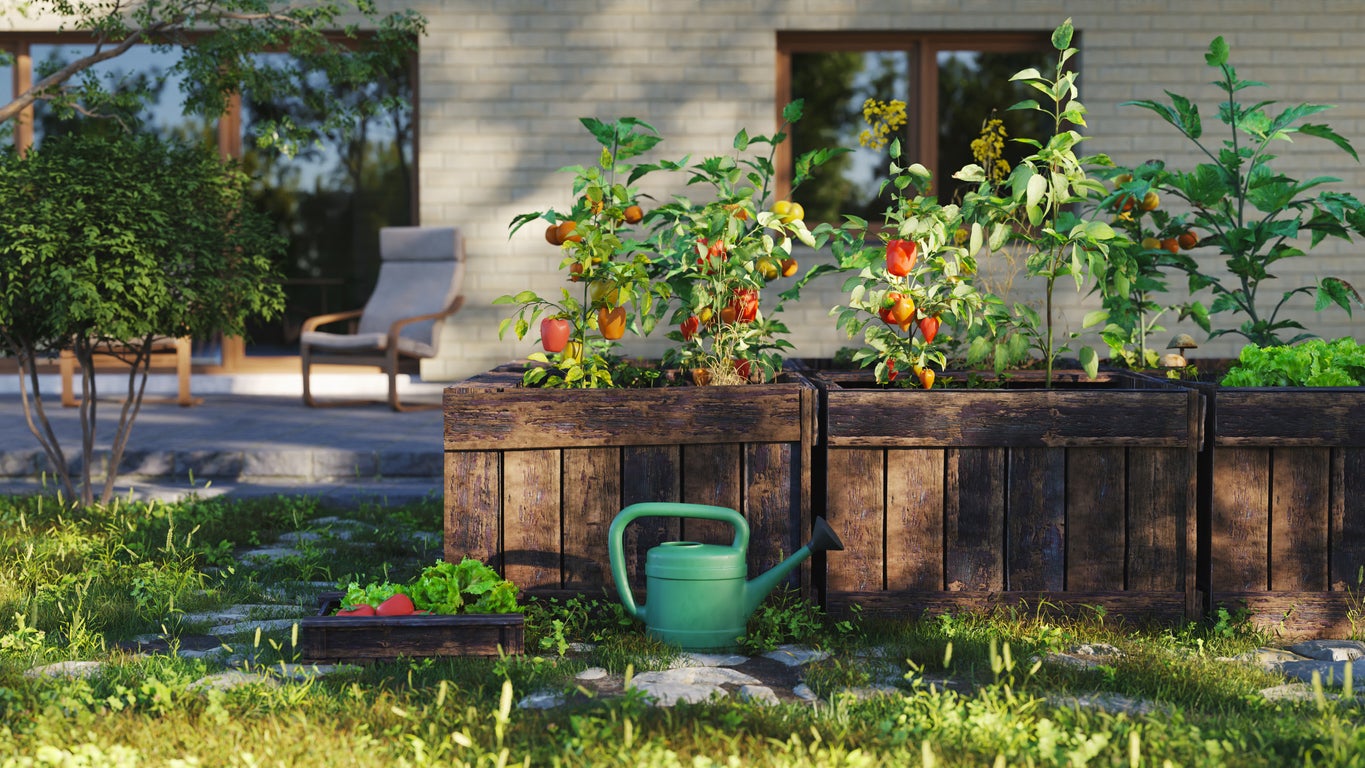
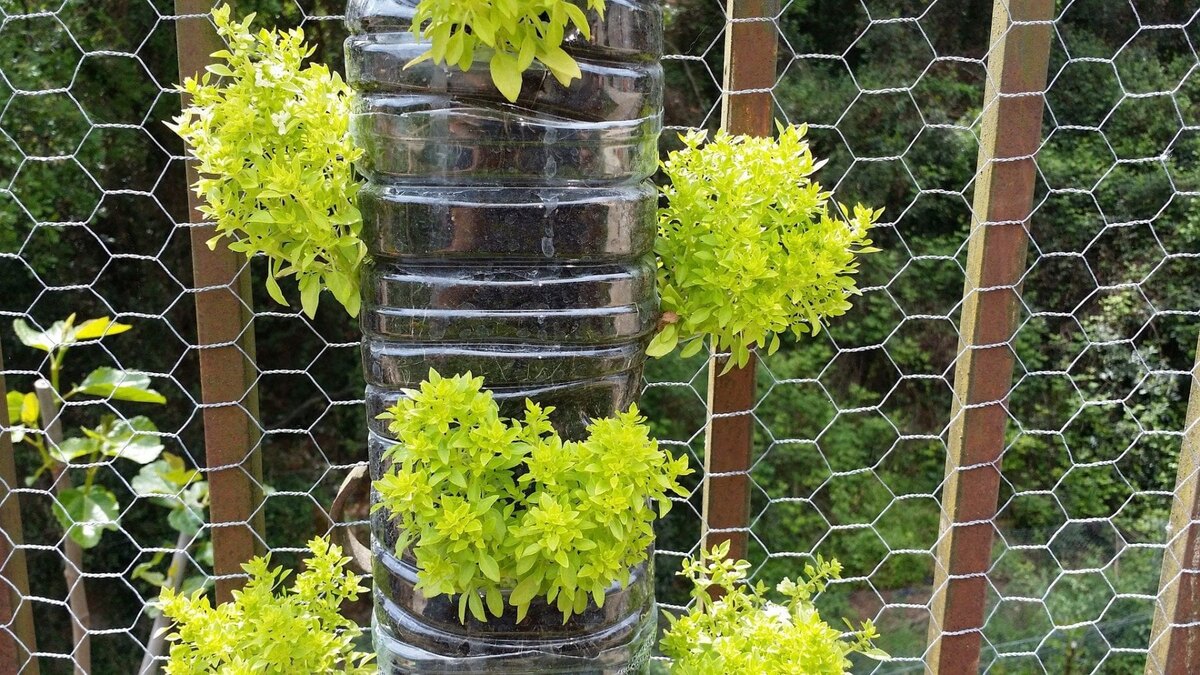
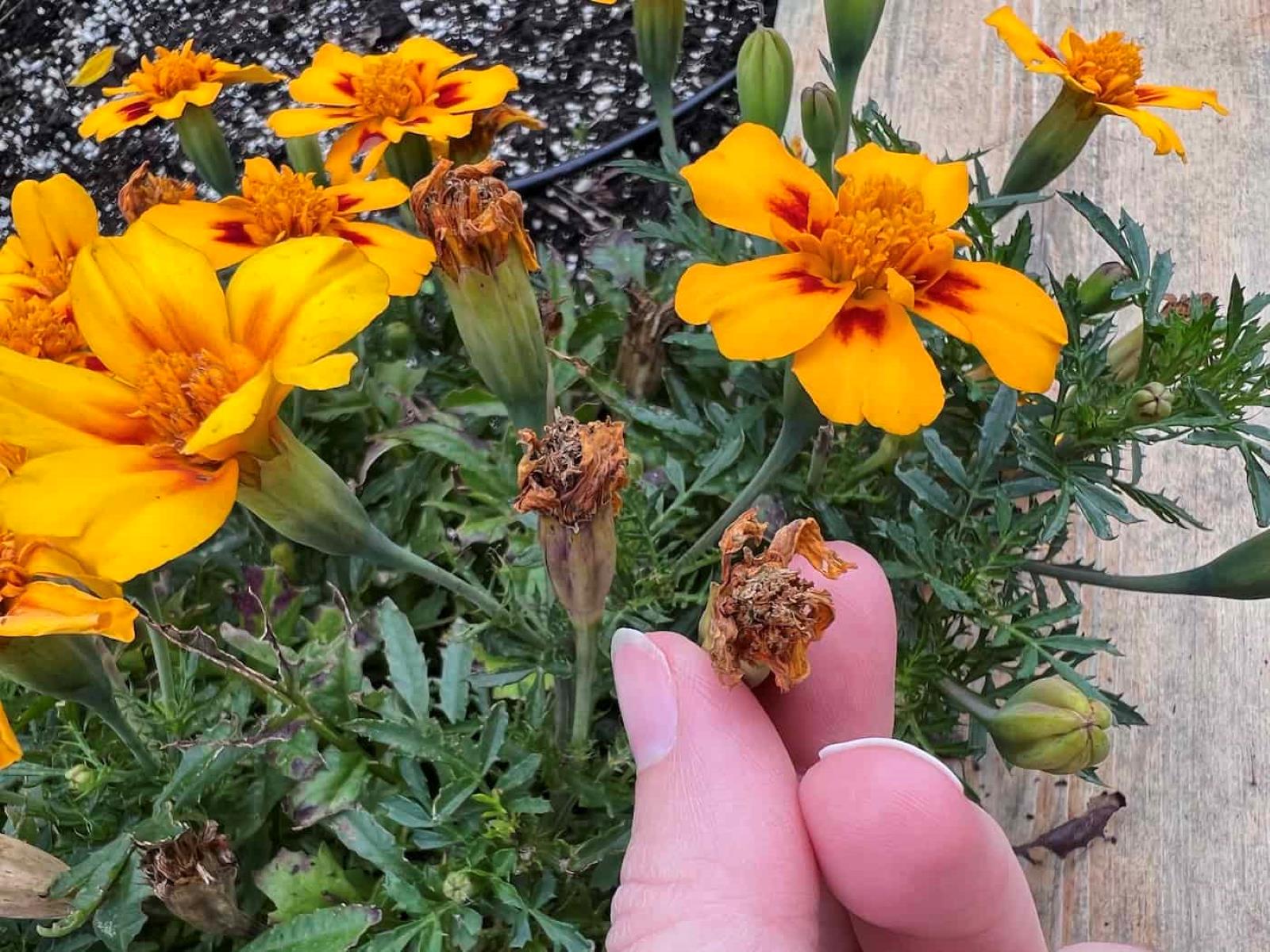

0 thoughts on “Where To Plant Marigolds In Vegetable Garden”